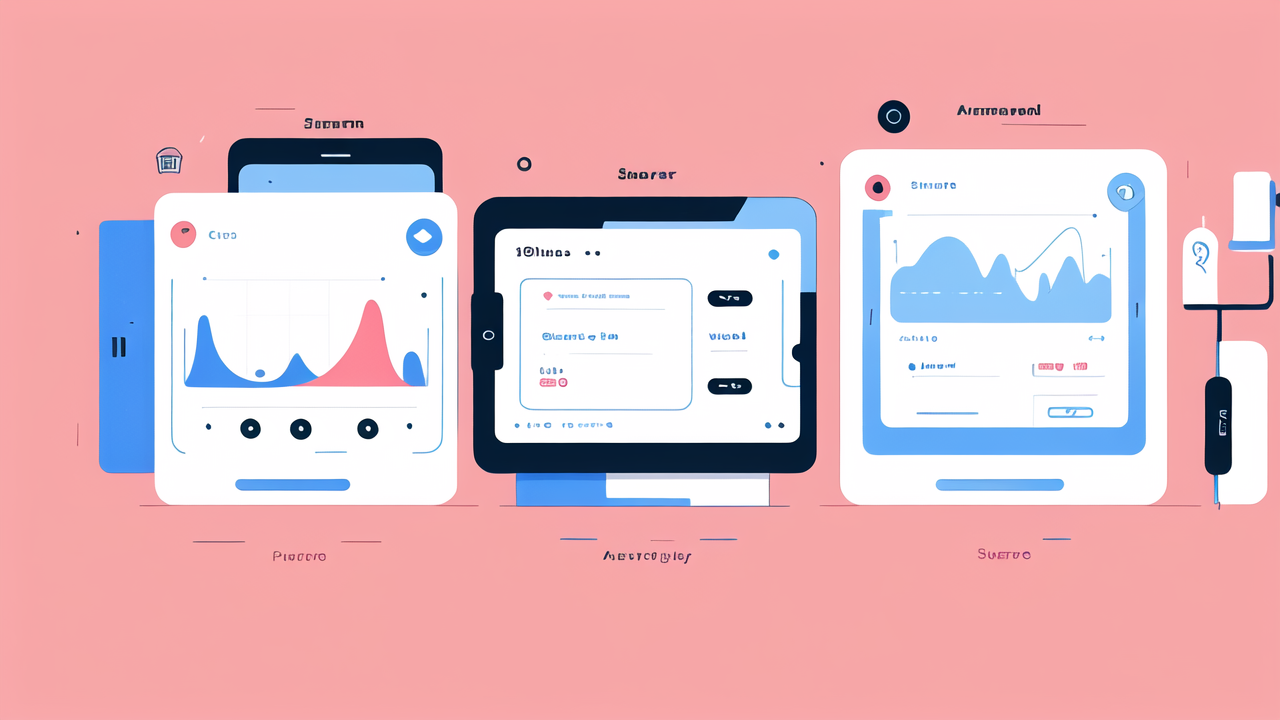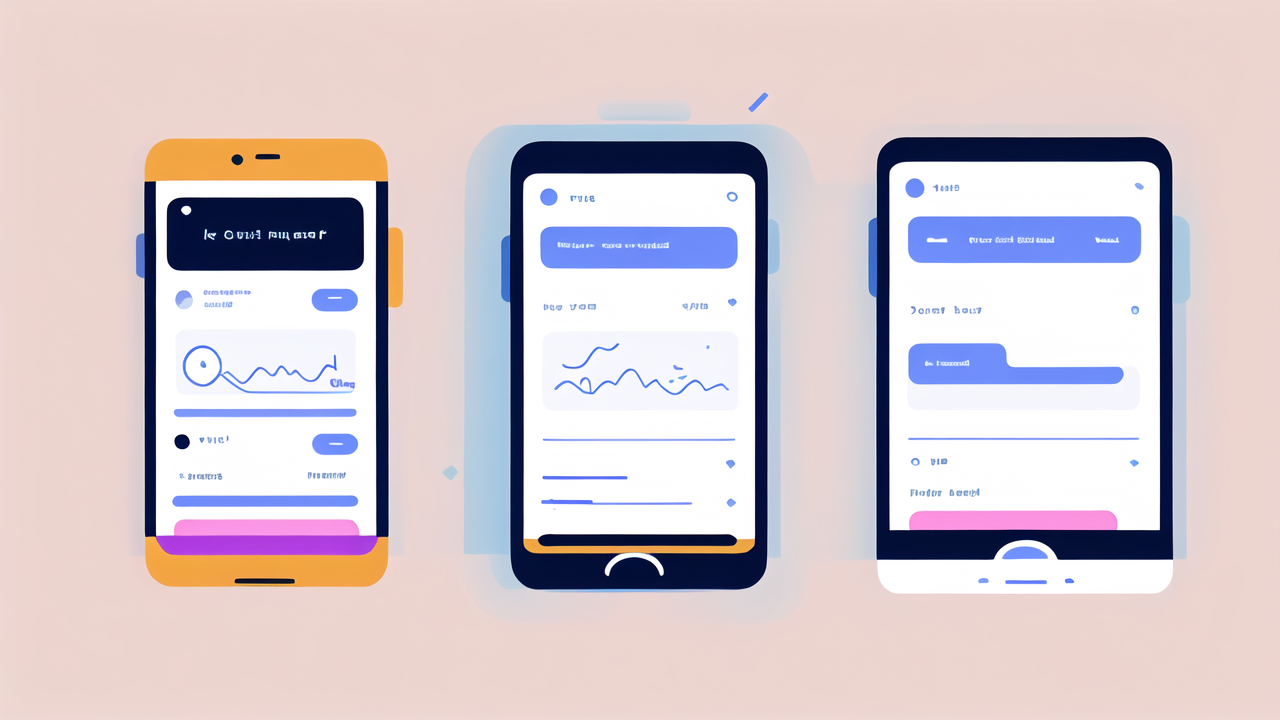Understanding the Digital Watch Evolution
The Origins of Digital Watches
Digital watches have come a long way since their inception in the 1970s. The first digital watch, the Hamilton Pulsar, was a game-changer. It used LED technology to display time. This was revolutionary compared to traditional analog watches.

Early digital watches were simple. They only showed the time and date. But they quickly gained popularity. People loved their futuristic look and precise timekeeping. As technology improved, so did digital watches.
By the 1980s, digital watches could do more. They had stopwatches, alarms, and calculators. These features made them practical for everyday use. Digital watches became a symbol of the tech-savvy person.
Technological Advancements in Modern Timepieces
Today's digital watches are far more advanced. They've evolved into mini-computers for your wrist. Many now have touchscreens and vibrant displays. They can connect to your smartphone and the internet.
Modern digital watches offer a wide range of features. These include fitness tracking, GPS navigation, and heart rate monitoring. Some can even make phone calls and send messages. The line between smartwatch and digital watch is blurring.
Materials have also improved. Many digital watches are now water-resistant and durable. They use long-lasting batteries or can be recharged. Some even harness solar power for endless energy.
Comparing Top 10 Digital Watches in the Market
FILA - Combining Style and Functionality
FILA has made a name for itself in the digital watch market. Their watches blend sporty looks with useful features. FILA watches are known for their bold designs and vibrant colors.

Most FILA digital watches offer basic functions. These include time, date, stopwatch, and alarm. Some models have backlit displays for easy reading in the dark. They're perfect for active people who want a reliable, stylish watch.
FILA watches are often water-resistant. This makes them great for swimmers or those who work outdoors. They're also affordable, making them popular among younger consumers. FILA's digital watches prove that style and function can go hand in hand.
Smart Watches - A New Lifestyle Integration
Smart watches have revolutionized the digital watch industry. They offer a wide range of features beyond just telling time. Popular brands include Apple Watch, Samsung Galaxy Watch, and Fitbit.
These watches can track your fitness activities. They monitor steps, calories burned, and even sleep patterns. Many can measure heart rate and blood oxygen levels. This makes them valuable tools for health-conscious individuals.
Smart watches also keep you connected. They can display notifications from your phone. You can read messages, answer calls, and check emails. Some even allow you to make payments or control smart home devices.
Here are some key features of smart watches:
- Fitness tracking
- Heart rate monitoring
- GPS navigation
- Music playback
- Mobile payments
- App support
Smart watches are constantly evolving. Each new model brings more advanced features and better performance.
APEX - The Future of Wrist Computers
APEX watches represent the cutting edge of digital watch technology. They combine the best features of traditional digital watches and smart watches. APEX models are designed for those who demand the most from their timepieces.
These watches often have high-resolution displays. They're easy to read in any lighting condition. Many APEX watches are built for extreme conditions. They're shock-resistant and can withstand high pressure underwater.
APEX watches offer advanced fitness tracking features. They can monitor your performance in various sports. Some models have built-in coaching programs. These help users improve their workout routines.
What sets APEX apart is their focus on outdoor activities. Many models have:
- Altimeters
- Barometers
- Compasses
- Weather forecasting
- Solar charging
These features make APEX watches popular among hikers, climbers, and adventurers.
Choosing the Right Digital Watch for Your Needs
Assessing Features and Performance
When choosing a digital watch, consider what features you need. Do you want basic timekeeping? Or do you need advanced fitness tracking? Think about how you'll use the watch in your daily life.

Battery life is an important factor. Some watches need charging every day. Others can last for months on a single battery. Consider how often you're willing to charge your watch.
Performance varies between models. Check reviews to see how well a watch performs its functions. Look for accuracy in timekeeping and fitness tracking. Also, consider how responsive the interface is.
Here are some key features to consider:
- Display type (LED, LCD, OLED)
- Battery life
- Water resistance
- Durability
- Connectivity options
- Available apps (for smart watches)
Choose a watch that offers the features you'll actually use. Don't pay for extras you won't need.
Design and Comfort Considerations
The design of your digital watch matters. It should fit your personal style. Some prefer sleek, minimalist designs. Others like bold, sporty looks. Consider where and when you'll wear the watch.
Comfort is crucial, especially if you plan to wear the watch all day. Look at the size and weight of the watch. Make sure it's not too bulky for your wrist. The strap material is also important. Some people prefer silicone for sports. Others like metal or leather for a more formal look.
Screen size and readability are key factors. Larger screens are easier to read but may look bulky. Smaller screens are more discreet but might be harder to use. Consider your eyesight and how you'll use the watch.
Long-Term Value and Warranty Options
Think about the long-term value of your digital watch. Will it still be useful in a few years? Some watches can be updated with new software. This can extend their lifespan and add new features.
Consider the brand's reputation for quality and durability. Read user reviews to see how well the watch holds up over time. Look for watches with good after-sales support. This can be crucial if you have issues down the line.
Warranty options are important. Most digital watches come with a standard warranty. Some brands offer extended warranties for an extra cost. This can be worth it for more expensive models.
Check what the warranty covers. Some only protect against manufacturing defects. Others might cover accidental damage. Understanding the warranty can help you make a more informed decision.
Remember, the cheapest option isn't always the best value. A more expensive watch might last longer and offer better features. Consider your budget, but also think about the watch as a long-term investment.




Leave a comment
This site is protected by hCaptcha and the hCaptcha Privacy Policy and Terms of Service apply.